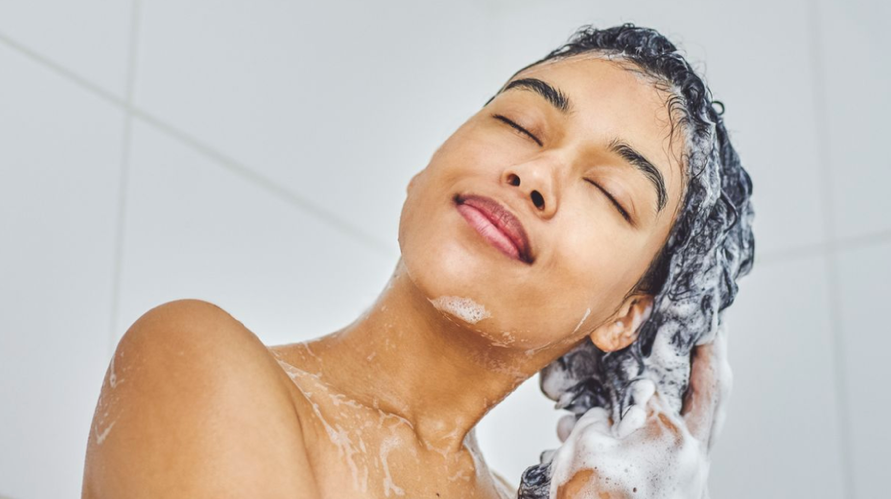
It is not enough that a shower gel cleans your skin, or a shampoo cleanses your hair. Sodas cannot just be refreshing. Air fresheners need to do more than just smell nice.
They must also be invigorating, relaxing, calming, have specific health or environmental benefits, make you a better person.
Differentiation in a crowded market is essential and it is fair to assume that all shower gels clean you effectively, so a secondary benefit becomes essential. However, how well do your products actually deliver that second benefit to the consumer?
The difference should be more than a trendy ingredient a different aroma.
Adding a trace and aroma of eucalyptus and citrus or rosemary and mint, does not, in itself, make your product refreshing or purifying. Consumers are looking for more from these products. When they choose the refreshing shower gel or the purifying shampoo, they expect it to feel different from the relaxing or moisturising version.
This difference should be more than the inclusion of a trendy ingredient on the label and a slightly different aroma.
Does your product really make the consumer feel more refreshed than the competitors? What is it about the user experience that helps consumers believe that their hair has been purified rather than just washed?
It is not just about the end point, but the whole emotional journey that your product takes the consumer on.
Consumers respond emotionally to your products. The appearance and feel of the pack, the aroma, the look, viscosity and feel of the product, the experience of its use, the feel, aroma, appearance as it they use it. How they feel afterwards. It is not just about the end point, but the whole emotional journey that your product takes the consumer on.
What are the features of your product experience that prompt the consumer to feel refreshed, relaxed, calmed, invigorated? How is the consumer’s experience of use differentiated from your competitors and from the other variants in your range? What does it deliver to make the consumer feel different/better for choosing this product? Why would they choose it again?
The emotional journey is the true essence of your brand.
The story on your packaging, the appearance and aroma of the product, the use experience… create a narrative in the consumer’s mind. Is this a narrative that supports your on-pack claims, that builds into a feeling or freshness or calmness?
Are there different elements within the consumer experience that evoke the desired emotional response or is your product just as unremarkable as the next one?
The features of your product experience that prompt the emotional responses in your consumer may or may not actually have anything to do with its ability to cleanse, to relax, to stimulate. If, however, they prompt the desired emotional response in the consumer, your brand is delivering on its promise.
This emotional journey is the true essence of your brand. It is this journey that differentiates your brand from its competitors and tis variant from the others in your range. There is little point in producing 4 variants of the same product if they do not deliver a difference to your consumer.
Understanding the emotional journey of your consumer and the important ways that you can change the journey through subtle adjustments in your product experience can transform the performance of your brand. It can change a good brand into a great one, it can help you to leap-frog from a niche player into a category leader.
Don’t just do what your competitors are doing, do something better that changes your market.
Chris Lukehurst is a Consumer Psychologist and a Director at The Marketing Clinic:
Providing Clarity on the Psychological relationships between consumers and brands


